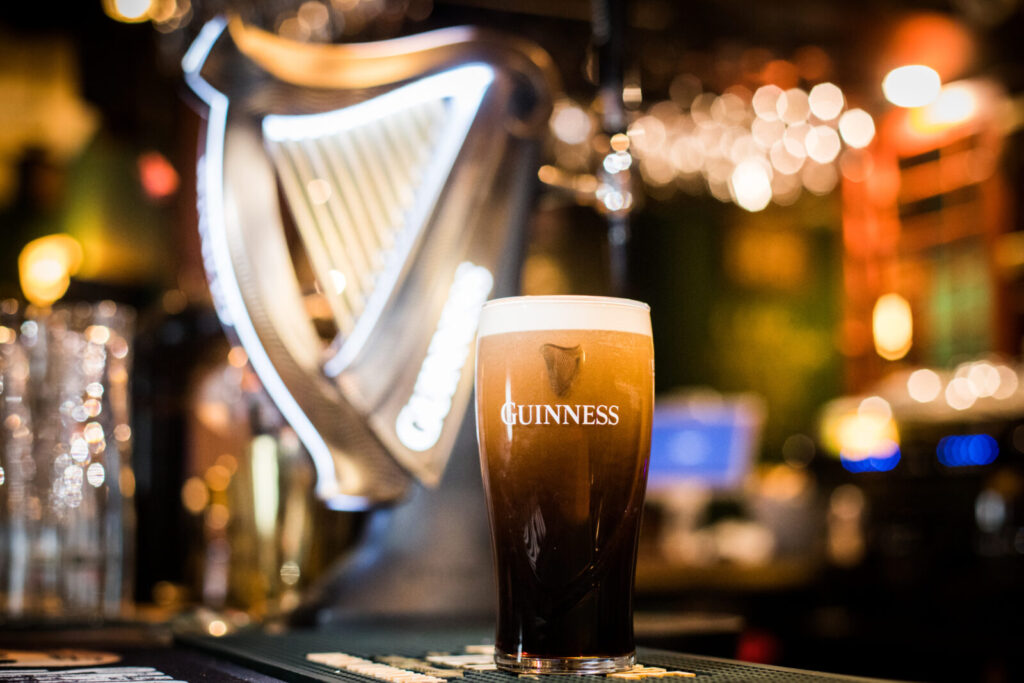Brief • 2 min Read
Technology: An Industry Snapshot
Our recent report on the tech industry explores Americans’ thoughts about data security events and the use of artificial intelligence (AI) in schools. A few key takeaways include:
- We’d like to see a little more effort: Less than four-in-10 (39%) US adults trust that businesses are responsible with handling their personal information.
- But, we don’t expect perfection: 38% of US adults agree that it’s impossible to prevent all data security events.
- Should students use AI?: Only a third (36%) of US adults think that the use of generative AI tools for schoolwork will have a positive impact on children’s learning experience (grades K-12).
- The danger of misinformation: Eight-in-10 (79%) US adults agree that children are more likely than adults to struggle to identify misinformation created by generative AI tools.
- AI-use and long-term repercussions: More than half (55%) of US adults disagree that children who use generative AI tools to complete schoolwork will be more prepared for life after school compared to children who do not.
Over-Index Report: This month’s over-index report uses data from QuestBrand by The Harris Poll to capture brands that over-index with Trend Setters and Early Adopters. Download the report for the full list of brands:

Snapchat Distances Itself From Social Media – Case Study
On February 4th, Snapchat launched a global marketing campaign “Less Social Media. More Snapchat.” with a 60-second commercial that aired during the Grammy’s. One week later, they upped the ante, running a 30-second commercial during Super Bowl LVIII. The campaign includes TV commercials, digital, and out-of-home ads in major cities.
- “Less Social Media. More Snapchat.” distances Snapchat from the social media giants. Instead, Snapchat positions itself as an app that connects loved ones through organic, unpolished, and temporary, messages or images.
- Looking at data from QuestBrand by The Harris Poll, we can see how Snapchat’s campaign positively impacted consumers’ brand perception.
- Since the Feb 4th campaign launch, Snapchat’s positive brand momentum has steadily risen among Gen Zers, reflecting growing confidence in the brand.

- Similarly, we see significant growth in Snapchat’s sales conversion funnel. After the campaign launch, Gen Zers more often reported that they had tried (trial +11.7), used (usage +8.4) or recommended (recommend +10.1) Snapchat.
Download the case study to discover how “Less Social Media. More Snapchat” positioned the app as an “antidote to social media.” The campaign highlights the ability of authentic, powerful marketing to boost brand health.
Fast food Marketing—3 Ways To Win Back Price-Sensitive Diners – AdAge-Harris Poll Op-Ed
In a recent op-ed for AdAge, our co-CEO Will Johnson explores fast food’s rising prices, and how restaurants can better market to potential customers. A few key takeaways from the Harris Poll data:
- Fast food’s affordability comes under question: Only 1 in 3 Americans say that quick-service restaurants offer affordable meal options.
- Does this burger cost more than it used to?: 81% of respondents say their fast food orders cost more now compared to a year ago.
- What should a typical meal cost?: 80% of US adults believe that a fast food meal should cost between $5-15.
- Consumers are choosing to eat at home: 45% of respondents said they are eating out less now than they were a year ago.
Takeaway: “The recipe for righting the fast food industry is remarkably simple: bring prices under control. The industry should own the niche that it created and be affordable, easy and pleasurable. That could mean lowering prices or just offering more discounts and promotions.” – Will Johnson
Want to read more about fast food restaurants’ struggle to attract customers during this period of rising prices? Download our case study on how Taco Bell successfully attracted low-income customers due to its strong reputation for value.
Subscribe for more Insights
Subscribe to our newsletter for the latest trends in business, politics, culture, and more.
Subscribe for more Insights
Subscribe to our newsletter for the latest trends in business, politics, culture, and more.
Related Content








